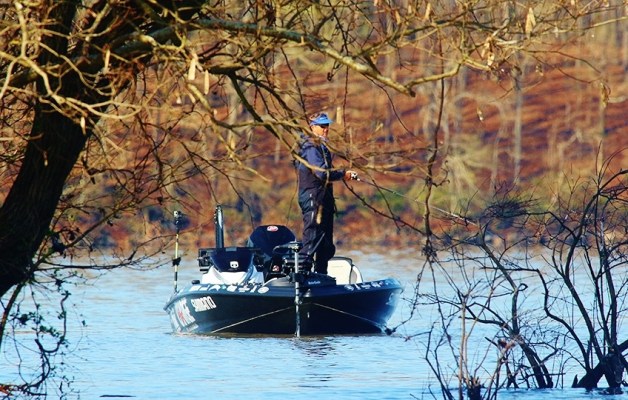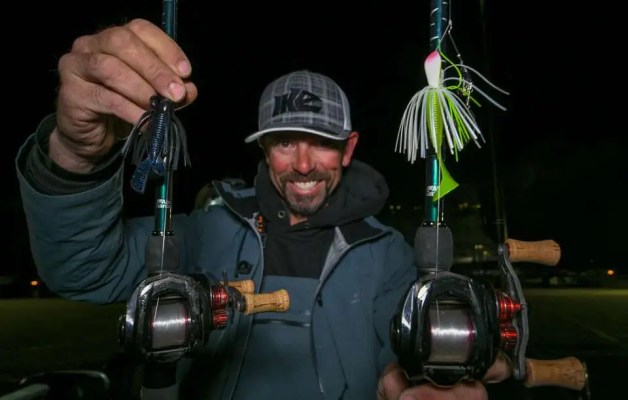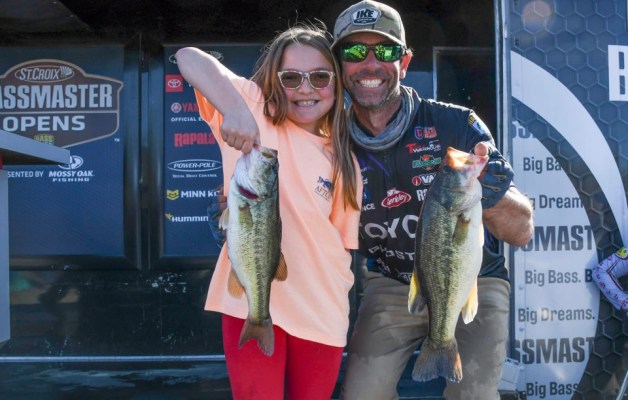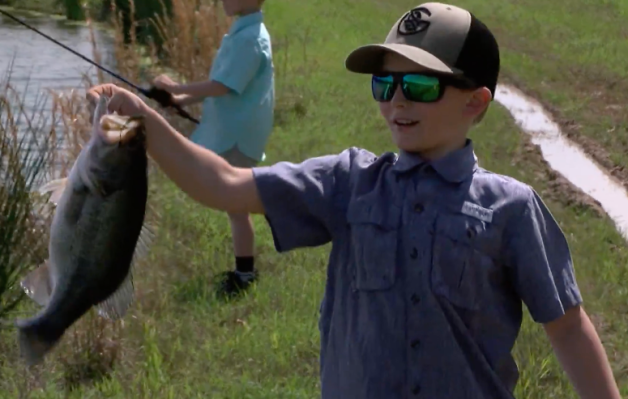
To coax a fish to bite, you need something on your line that gets the fish’s attention — something that stimulates its senses of sight, hearing, smell and/or taste. Live baits and artificial lures do just that, but with hundreds of options available, how do you know which will work best?
It stands to reason that fish usually prefer a live, or natural, bait over artificial lures. A bass will almost always eat a real crayfish or minnow quicker than a plastic one. If you’re targeting walleye or catfish, live night crawlers will catch more than fakes.
If that’s the case, though, why use artificial lures? Several reasons come to mind.
The pros and cons
First, lures are more convenient. You can change from one kind to another with ease as needed. Plus, you can store them in your tacklebox indefinitely and never worry about keeping them alive. Lures are less messy. And while live baits work best with stationary or slow-moving presentations, lures can be retrieved faster, allowing you to cover more water and find more fish.
Lures work great for enticing inactive fish, too. For example, a bass may strike a topwater plug or buzzbait out of annoyance or impulse, but the same fish might disregard a less-than-lively shiner under a bobber.
Some anglers also fish with lures simply because they enjoy the added challenge. If it’s tougher to fool a fish with a spoon, jig or spinner, so much the better, they say. That just makes fishing with these manmade look-alikes all the more fun and rewarding.
The primary disadvantage of lures is their cost. Live baits are cheaper, and because many artificials snag easily in trees or underwater cover, you’re sure to lose some now and then. That can get expensive.
No bait or lure works every time, but the more you learn about using each one, the more fish you’re likely to catch. Let’s start you on the road to success by discussing some pointers for each.
Fishing with live bait
Many live baits can be purchased in bait shops; others you’ll have to collect yourself. Regardless of where you obtain your bait, though, remember these facts.
First, keep your bait fresh and lively. Dead, stiff or glassy-eyed baits aren’t as enticing as those that swim, kick, wiggle and squirm.
Second, be sure you know all regulations governing the collection and use of live baits where you’ll be fishing. They often are extensive. Look for them in your state fishing regulations guide.
Remember, too, that knowledge of live baits is important even if you usually fish with artificials. Most lures are designed to resemble live baits in looks and action. Studying forage animals will help you properly imitate their actions with artificial lures.
Good live baits and fish they catch include:
- Worms: bluegill, redear sunfish, trout, black bass (largemouth, smallmouth, spotted), catfish, walleye.
- Minnows: crappie, black bass, catfish, walleye, trout, sauger, pickerel, striped bass, hybrid striped bass, white bass, salmon.
- Crayfish: black bass, catfish, trout, rock bass.
- Crickets/grasshoppers: bluegill and other sunfish, crappie, trout.
- Shad/herring: catfish, striper, hybrid striper, largemouth bass.
- Small sunfish: catfish, striper, hybrid striper, black bass, walleye, pickerel.
- Frogs: black bass, catfish, pickerel, walleyes.
- Leeches: walleyes, black bass, sunfish, catfish, trout.
- Insect larvae (hellgrammites, mealworms, waxworms, dragonfly nymphs, catalpa worms and more): trout, sunfish, rock bass, black bass, walleyes, catfish, crappie.
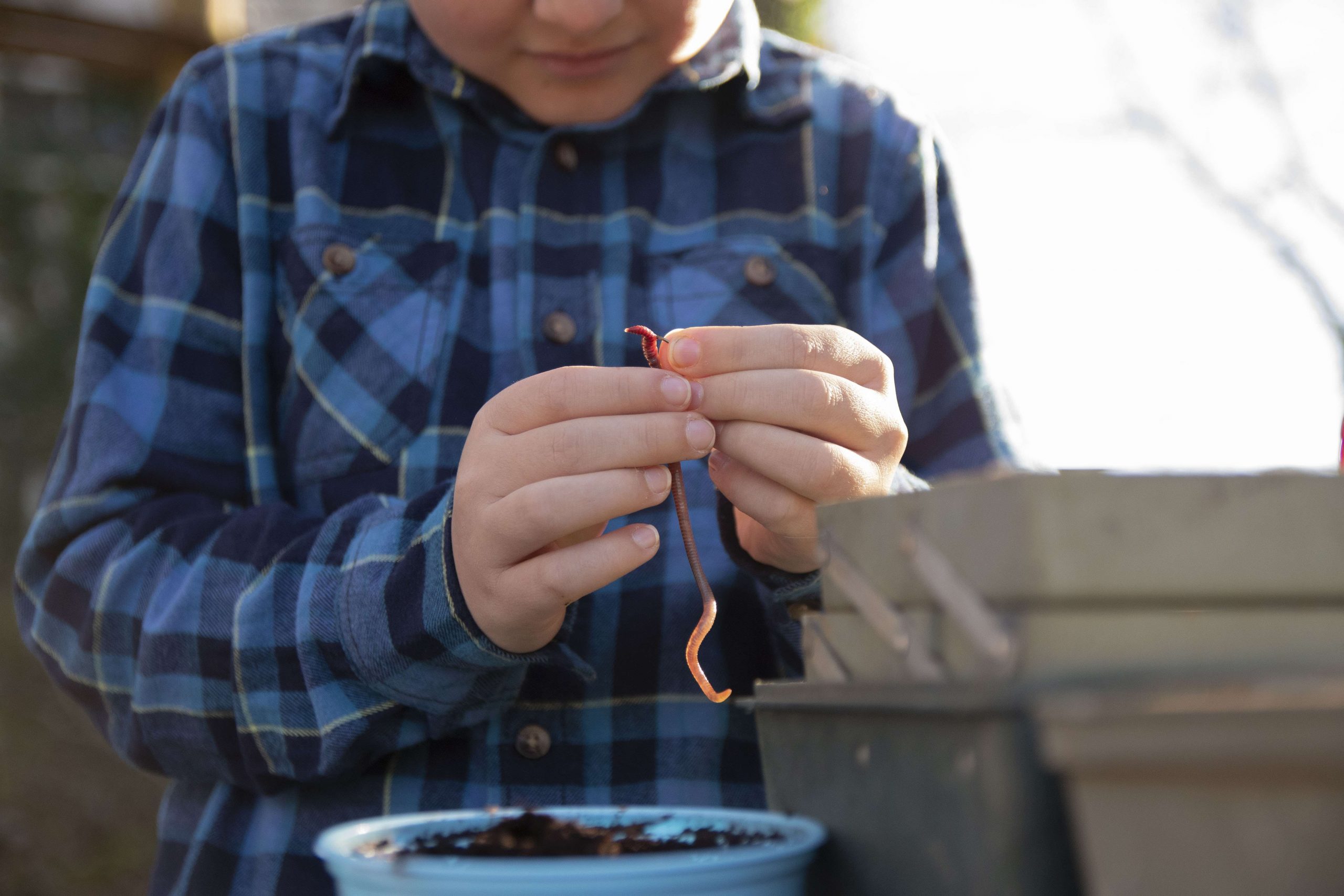
Fishing with lures
Among the main lures you might try are jigs, spoons, soft-plastic lures, topwater plugs, crankbaits, spinners/spinnerbaits and flies. These categories can be further divided into more specific types. For example, soft plastics include worms, lizards, eels, grubs, crayfish, minnows and more. Crankbaits include shallow-, medium- and deep-diving versions. Topwater plugs include prop baits, stickbaits, chuggers and crawlers.
If you want to start fishing with lures right away, use those that will catch a variety of species and are easy to cast and retrieve. Small, shallow-running crankbaits work great, as do small spinners and pre-rigged weedless plastic worms. A small jig fished a foot or two beneath a bobber is great for panfish. Use big lures for big fish and small lures for small fish.
Don’t worry about using a lot of fancy tricks to fish lures at first. Just cast the lure out and bring it in with a slow, steady retrieve. When you feel something hit, set the hook with an upward snap of your rod tip and hang on!


